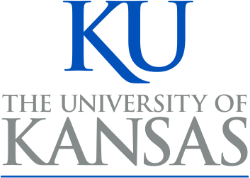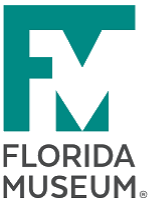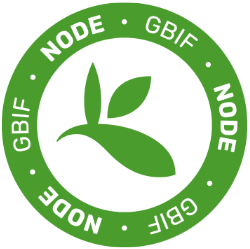News Articles
Published: 02-15-2019
Mobilizing Mollusks: Digitizing the 2nd Largest Invertebrate Phylum
By Rüdiger Bieler, Gary Rosenberg, Elizabeth K. Shea, Petra Sierwald
“Because of their huge collections size, particularly in regard to mollusks from communities directly subject to pollution and disturbance, mollusk collections provide a massive international resource for environmental...
Published: 01-10-2019
2018 was an outstanding year for ADBC and, by extension, iDigBio. During this seventh year of NSF’s initiative, three new TCNs joined the twenty existing consortia, filling gaps, further spanning the paleo/neo divide, and expanding the potential for the development of new research protocols. The number of biodiversity records in the iDigBio Portal reached nearly 116...
Published: 11-20-2018
The biodiversity collections community produced another successful Worldwide Engagement for Digitizing Biocollections (WeDigBio) event last month. Begun in 2015, the annual four-day data creation campaign engages distributed participants online at sites such as Notes from Nature, Smithsonian Transcription Center, DigiVol, and Les herbonautes, as well as onsite visitors at the world’s...
Published: 11-18-2018
Wood-warblers, Parulidae
Image Credit: Joe Poston
Wood-warblers or New World warblers, often referred to as the “jewels of the forest” are sought after by birders due to their bright plumage and bold contrasting patterns. Beginning in August, fall migration allows many birders the opportunity to see these often solitary birds traveling in mixed flocks. There are over fifty...
Published: 11-13-2018
Augustus Fendler Herbarium Specimens: A Locality Improvement Project
A component of the Southern Rocky Mountain Flora Database Project
Lance J. Gloss and Timothy J. S. Whitfeld
Brown U. Herbarium (BRU)
Dec 2017 - May 2018
Introduction
This project involved archival research into primary and secondary sources to improve the precision and accuracy of our records for the "...
Published: 10-19-2018
Metabolic rates, climate, and macroevolution: a case study using Neogene molluscs
Luke C. Strotz, Erin E. Saupe, Julien Kimmig and Bruce S. Lieberman
“Survival of the fittest” is an age-old maxim used to describe evolution. The phrase, which itself evolved via the writings of Herbert Spencer and Charles Darwin, does not actually preclude certain circumstances whereby it is the...
Published: 10-12-2018
Summit 2018 group photo
iDigBio hosted the 2018 Advancing Digitization of Biodiversity Collections (ADBC) Summit at the University of Florida Cultural Plaza in Gainesville, Florida, on October 2-3. The event brought members of 21 Thematic Collections Networks together, along with representatives from outside initiatives, to discuss the digitization of natural history collections, the status...
Published: 09-21-2018
The Family Brontotheriidae
Contributed by Sean Moran (Florida Museum of Natural History)
Image courtesy of Sean Moran from the Florida Museum of Natural History
The extinct brontotheres are grouped with horses, tapirs, and rhinoceroses in the mammalian order Perissodactyla, or odd-toed ungulates. Superficially reminiscent of today’s rhinos, though probably more...
Published: 09-17-2018
Utilising publicly available species occurrence records to generate contemporary estimates of medically important snake species distributions
Contributed by: Joshua Longbottom, Liverpool School of Tropical Medicine
Whilst working as a research assistant within the Spatial Ecology and Epidemiology Group (SEEG) at the University of Oxford, I was exposed to the utility of statistical modelling...
Published: 08-14-2018
European honey bee, Apis mellifera
Image Credit: USGS Bee Inventory and Monitoring Lab
The European honey bee (Apis mellifera) is one of the first domesticated insects and is the primary species kept by beekeepers worldwide. Originating in Europe, the Middle East, and Africa, the European honey bee can be found today on every continent except Antarctica having been spread by humans who...




